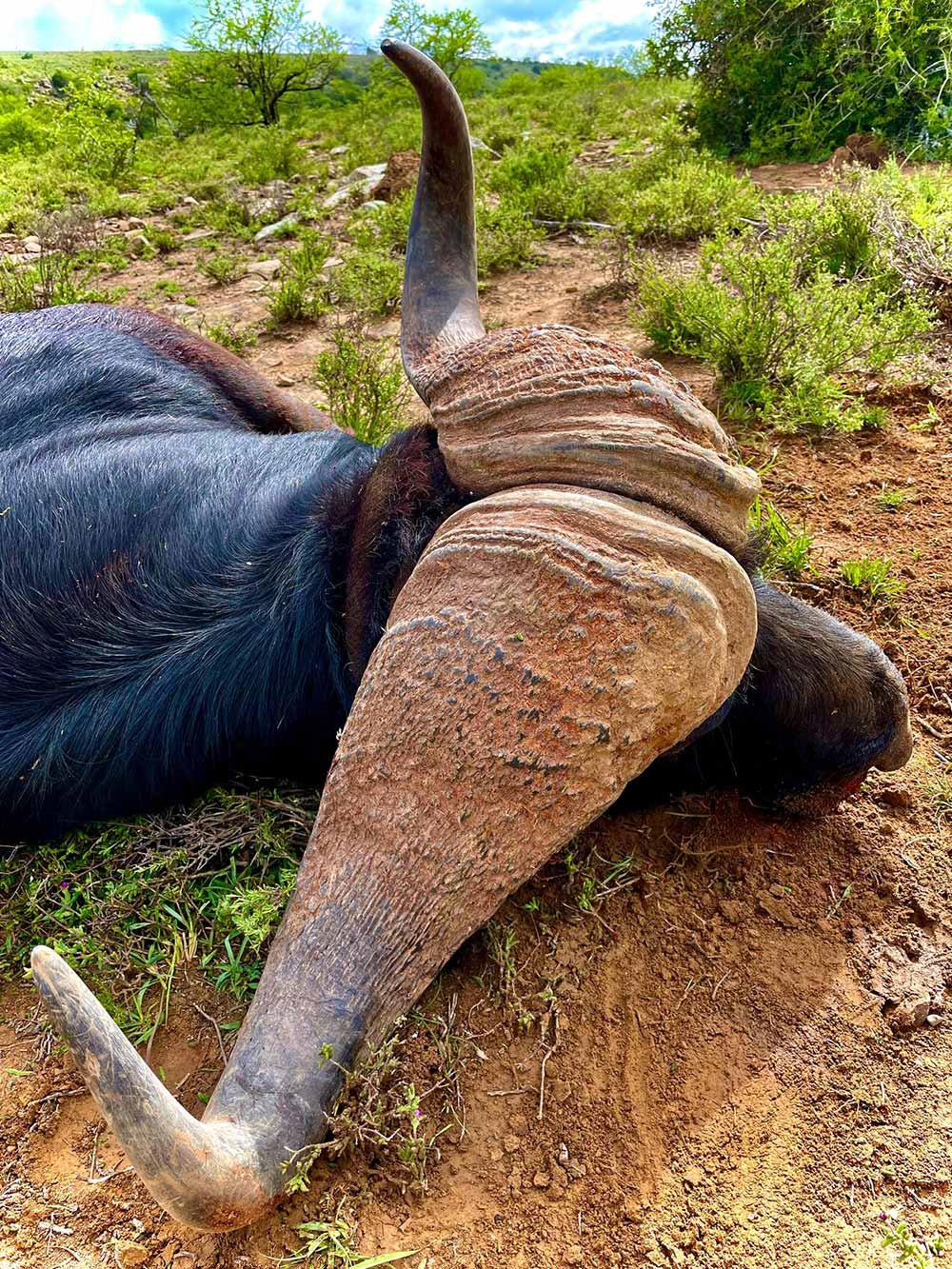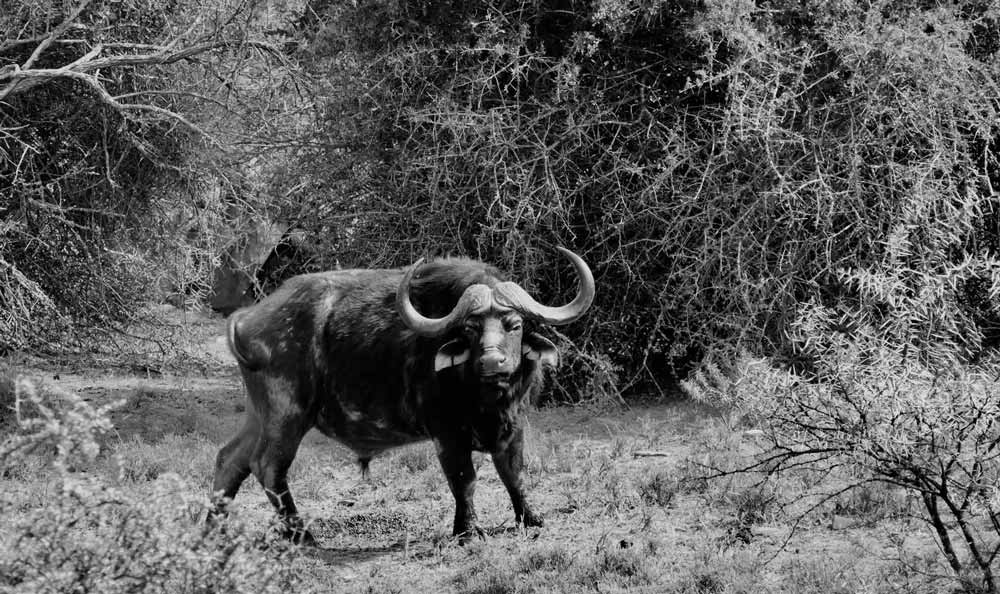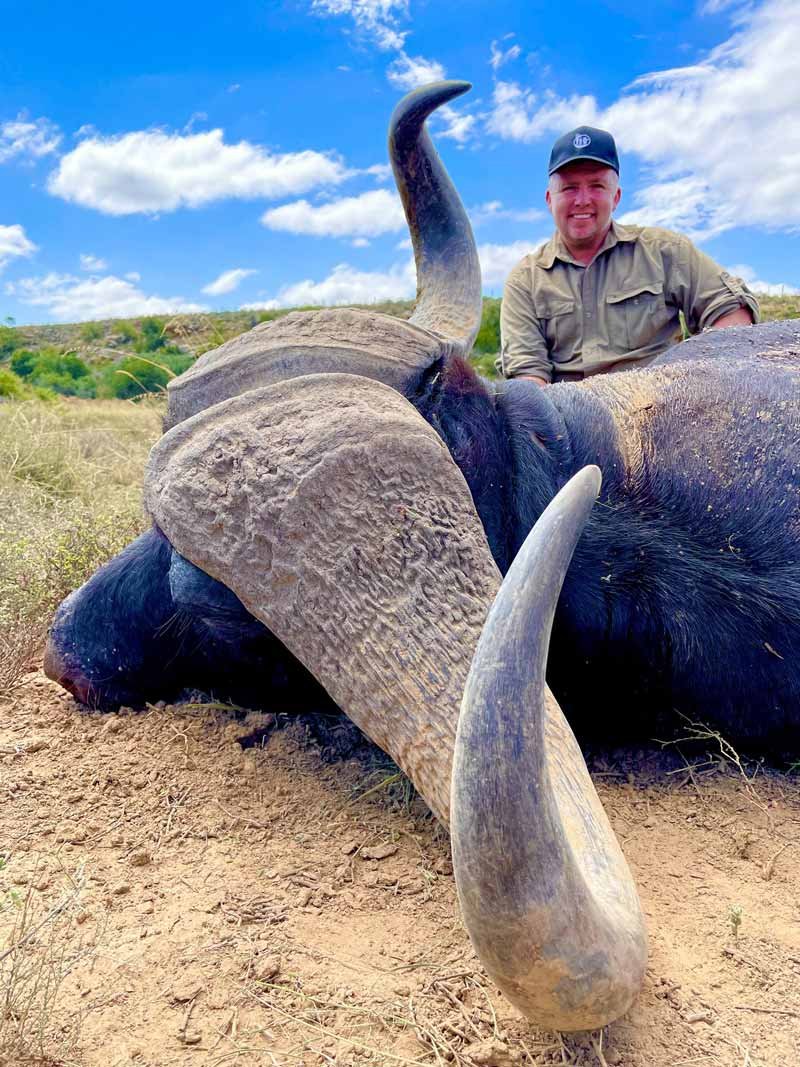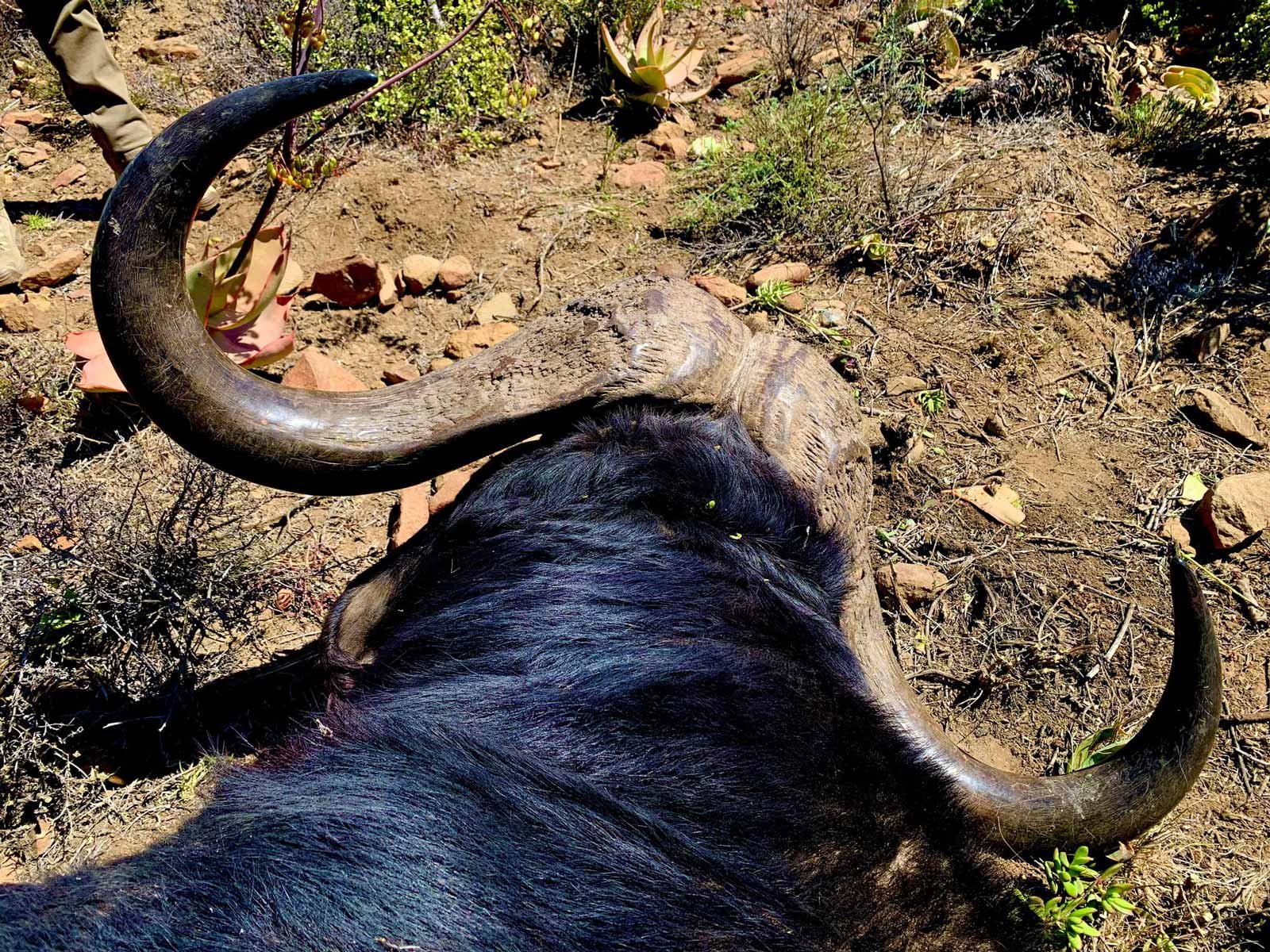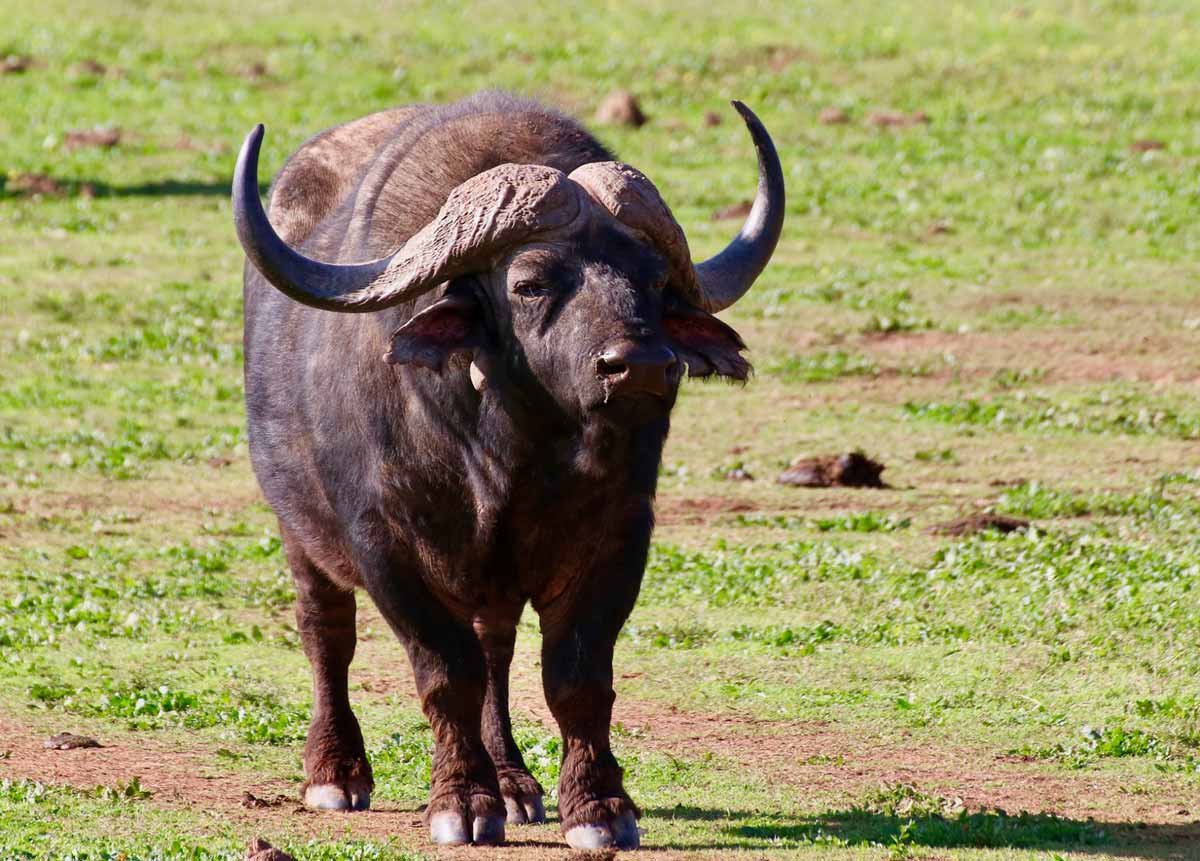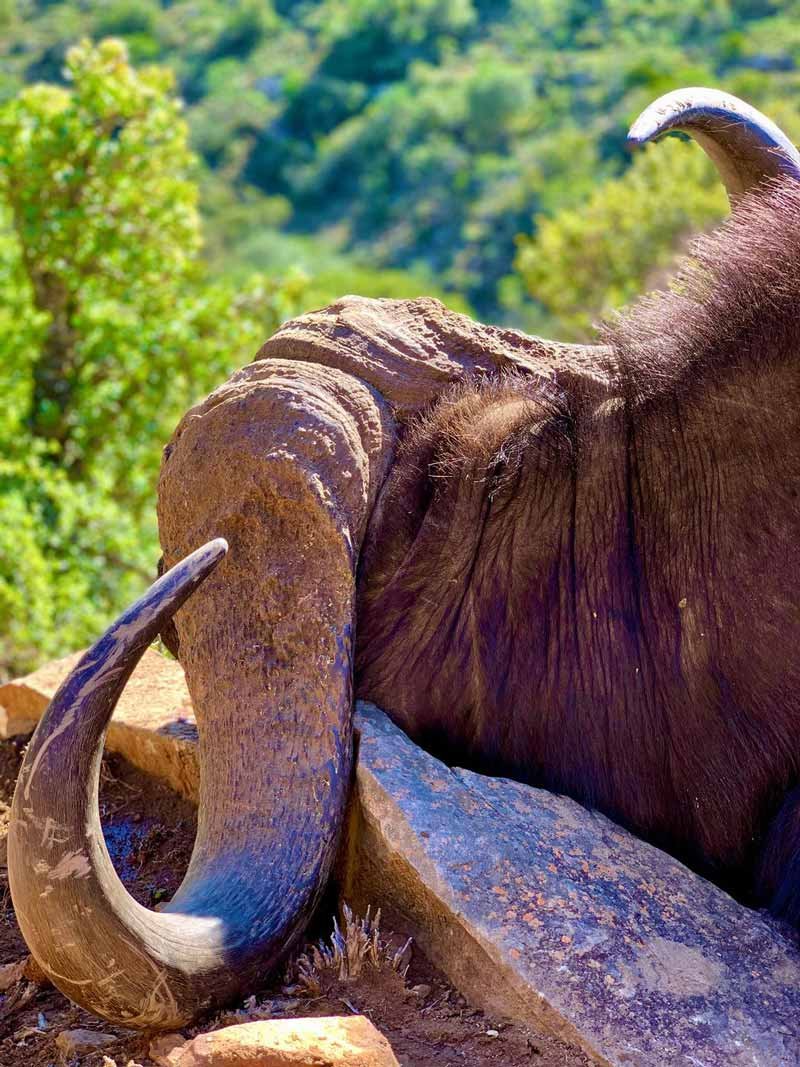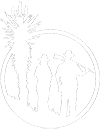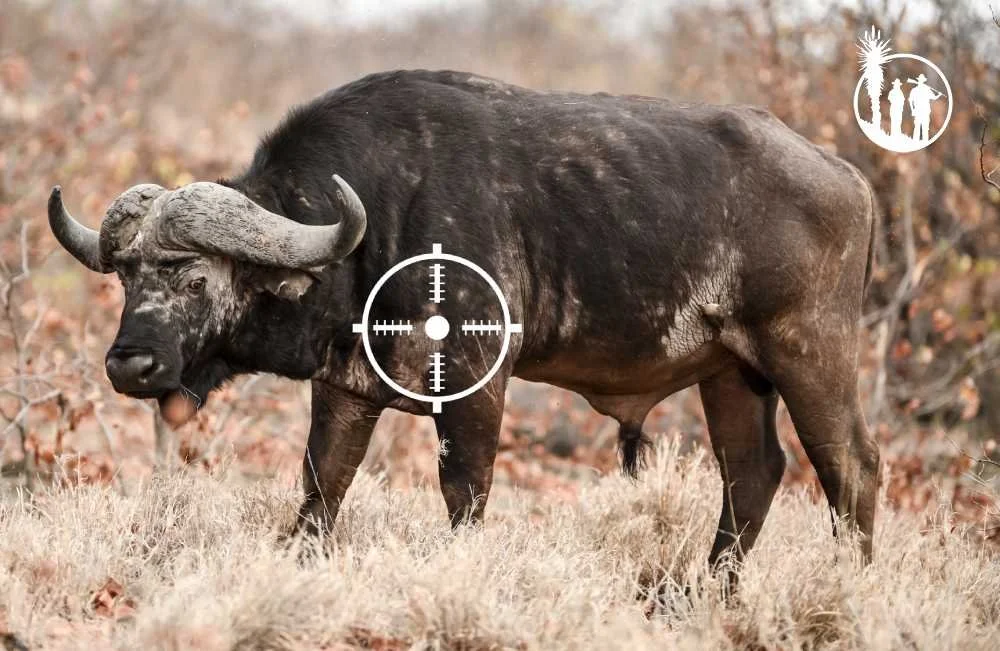
Cape Buffalo
The Cape Buffalo is considered by many to be the most dangerous of all among the "Big Five". It seems that buffaloes can be extremely aggressive, especially at a wounding.
Buffalo has an average weight of 800 kg, and because of its size not many natural enemies. It happens, however, that buffalo fall prey to lions or crocodiles.
Buffaloes live in large herds of about 10-50 animals. Both sexes carry horns, but the horns of a bull can be quite spectacular in proliferation, deep curve and a solid boss covering his forehead.
Hunting Cape Buffalo
The world record, according to Roland Ward Record Book, is a buffalo-cow with a spread of about 62 inches. With an accurate shot, a rifle of .375 calibre, is suitable for shots to Cape Buffalo.
With the advent of quality soft-nosed bullets, many hunters prefer, taking their first shot at a buffalo with a soft-nosed bullet, to ensure a killing effect. The remaining follow-up shots will usually happen with full-jacketed projectiles to take advantage of the projectile penetration.
Shot placement Cape Buffalo
For optimal shot placement on a Cape buffalo, it's generally agreed that a double lung shot is one of the most effective methods to ensure a fast and humane kill. This involves targeting the vital organs, specifically the lungs, which can be achieved by aiming behind the shoulder of the buffalo. The reasoning behind this strategy is straightforward: a shot that penetrates both lungs will significantly impair the animal's ability to breathe, ultimately leading to its collapse. This method is widely accepted for large game hunting, including Cape buffalo, due to its efficiency and effectiveness in ensuring a quick kill, thus minimizing the animal's suffering and the risk of it charging or escaping wounded.
Latest Buffalo hunting video
Facts - Cape Buffalo
NAME: CAPE BUFFALO
SCIENTIFIC NAME: SYNCERUS CAFFER
WEIGHT MALE: 800 KG
WEIGHT FEMALE: 750 KG
SHOULDER HEIGHT MALE: 140 CM
SHOULDER HEIGHT FEMALE: 132 CM
MATING SEASON: APRIL, MAY
FAQ about Cape Buffalo
– The Ultimate Dangerous Game
-
The Cape Buffalo – also known as the African buffalo – is one of Africa’s most formidable game animals. It’s part of the legendary “Big Five” and is renowned for its strength, unpredictability, and aggressive defense when wounded.
-
Because of the extreme danger involved in hunting it. Weighing up to 800 kg, with powerful horns and a fearless temperament, the Cape Buffalo is known to charge hunters—especially when injured. It’s earned the nickname “Black Death” for good reason.
-
Cape Buffalo can be hunted in South Africa (notably Eastern Cape and Limpopo), Zimbabwe, Mozambique, and Tanzania. The Eastern Cape offers controlled, ethical, and high-comfort hunts in malaria-free zones.
-
Absolutely. It’s one of the most intense and adrenaline-filled hunts available. Typically conducted on foot, the hunter must get close and deliver accurate shots with large-caliber rifles—usually .375 or larger. Backup shots are often needed.
-
Because it’s more than a hunt—it’s a rite of passage. The combination of physical size, lethal potential, and majestic horns makes the Cape Buffalo a top-tier trophy for serious hunters.
-
No, Cape Buffalo hunts dont require government-issued licenses, but do require CITES documentation. Top safari operators handle all logistics and permits for their clients.
-
The dry season—from May to October—is ideal. Visibility is better, tracking is easier, and buffalo herds tend to concentrate near water sources, increasing success rates.



